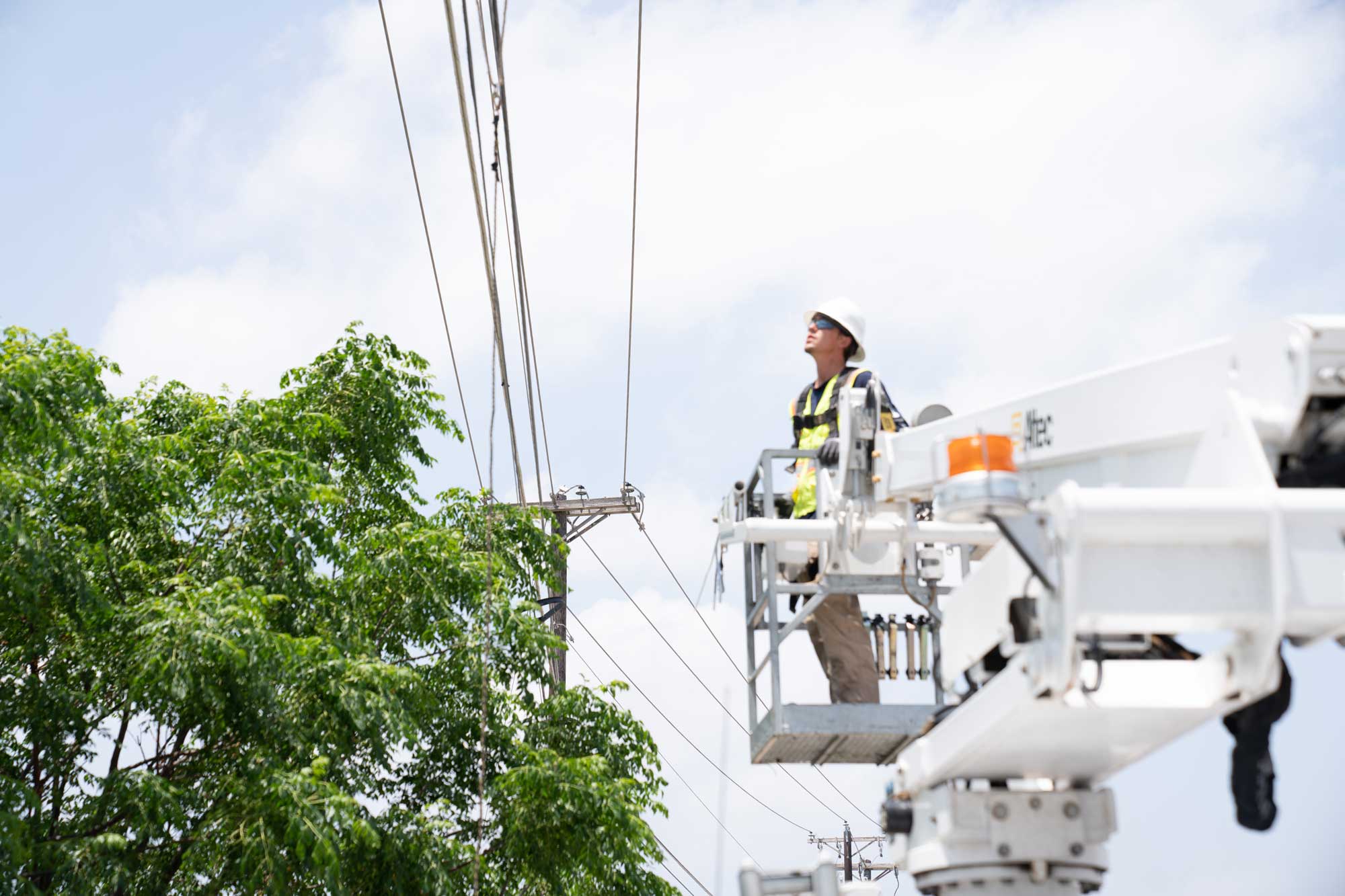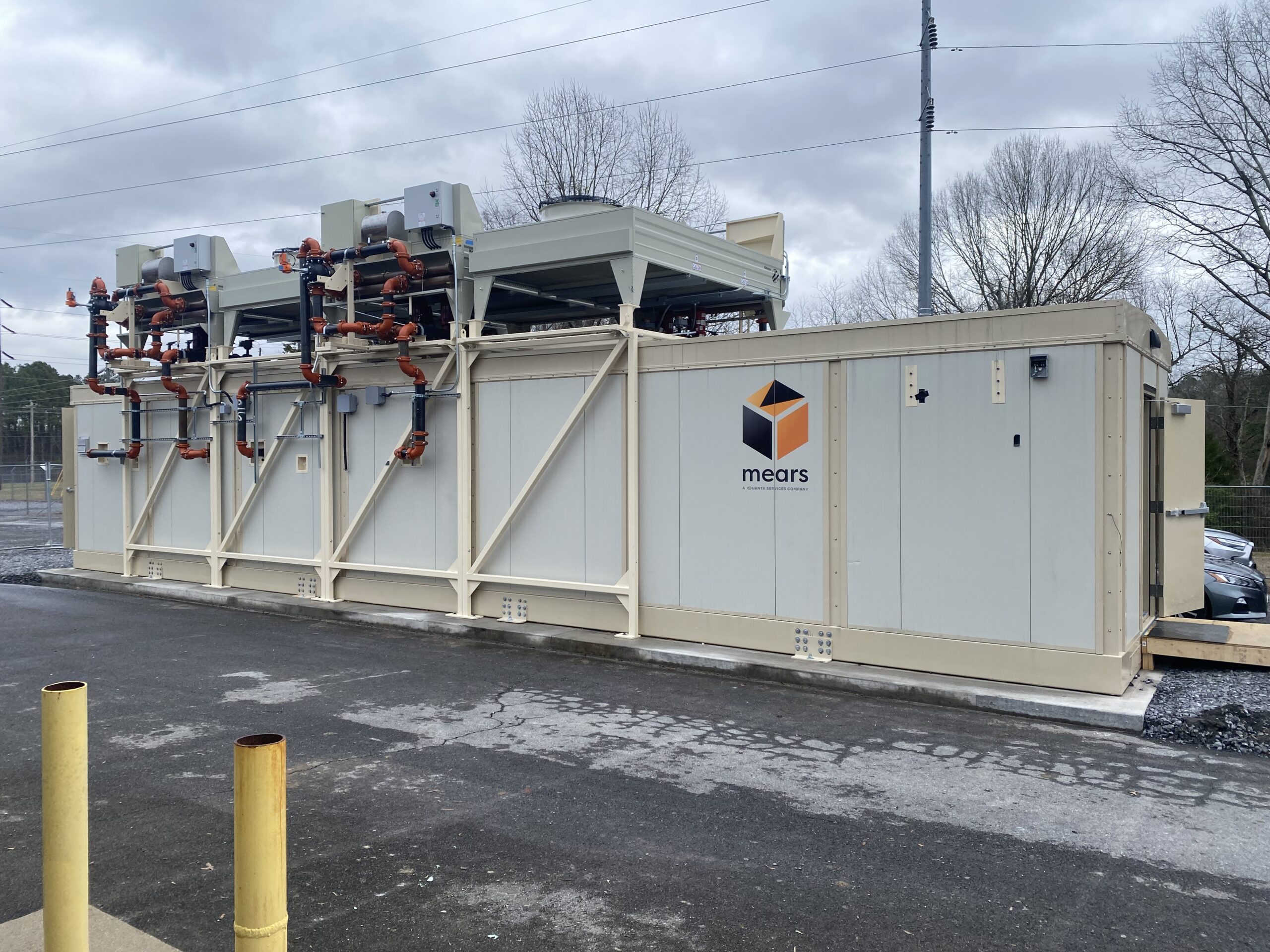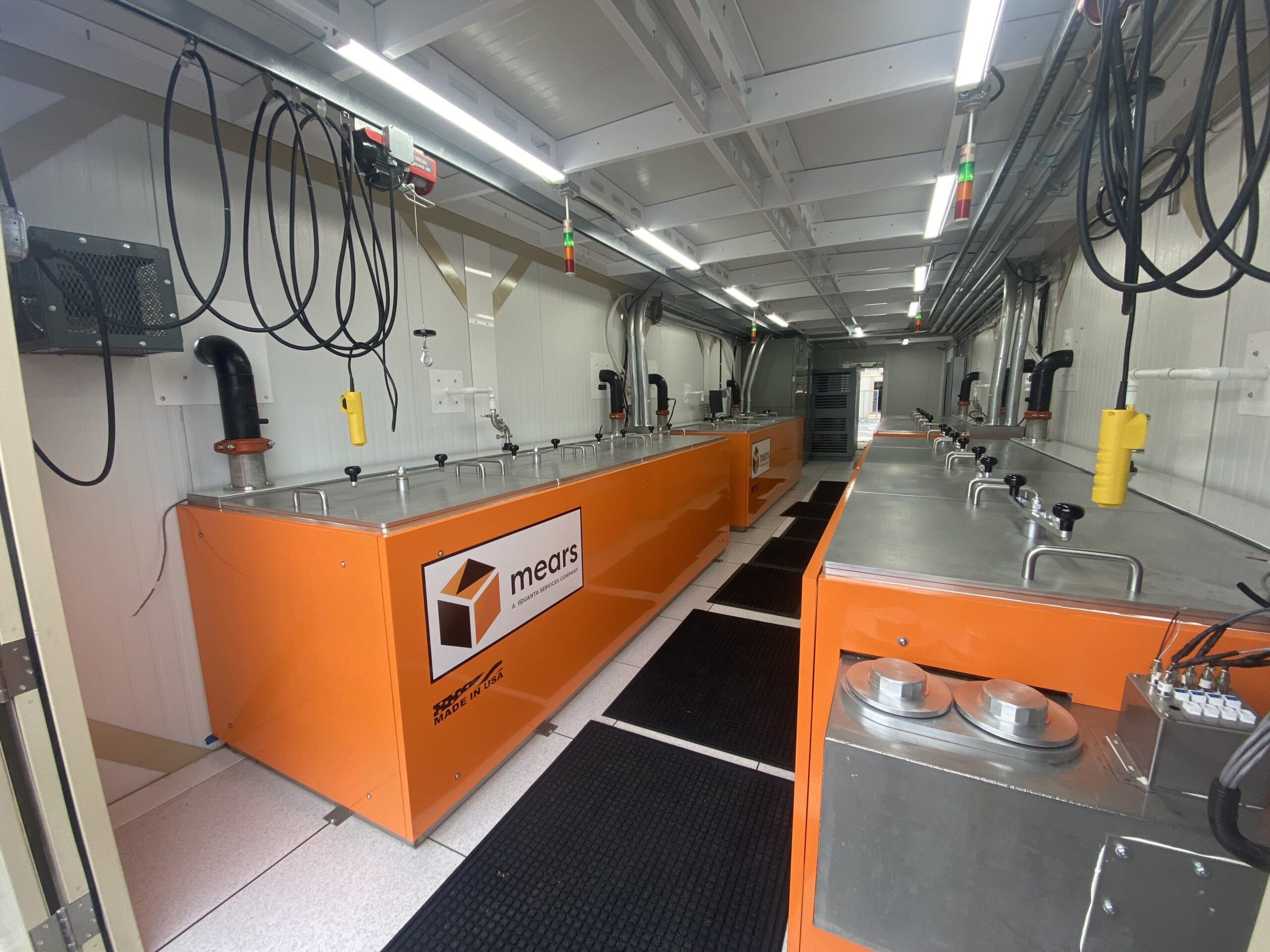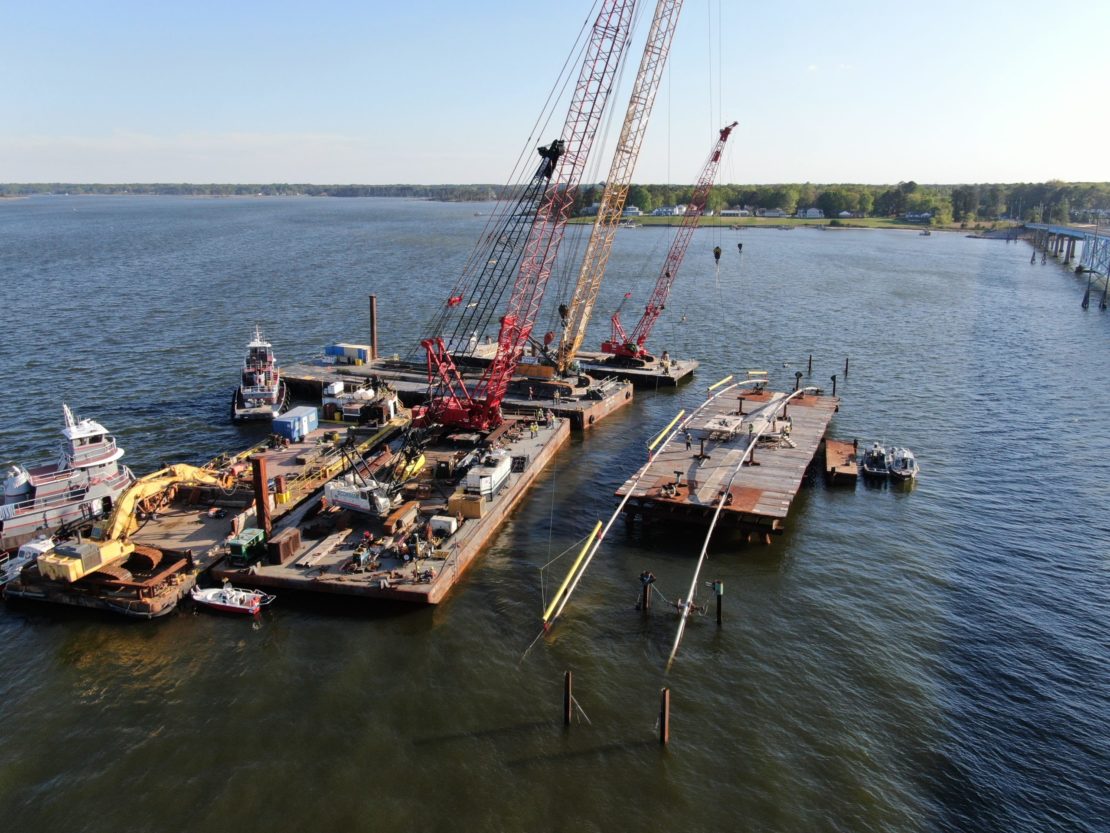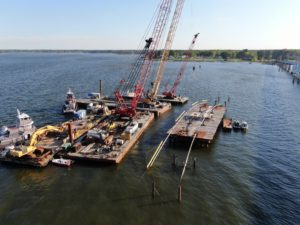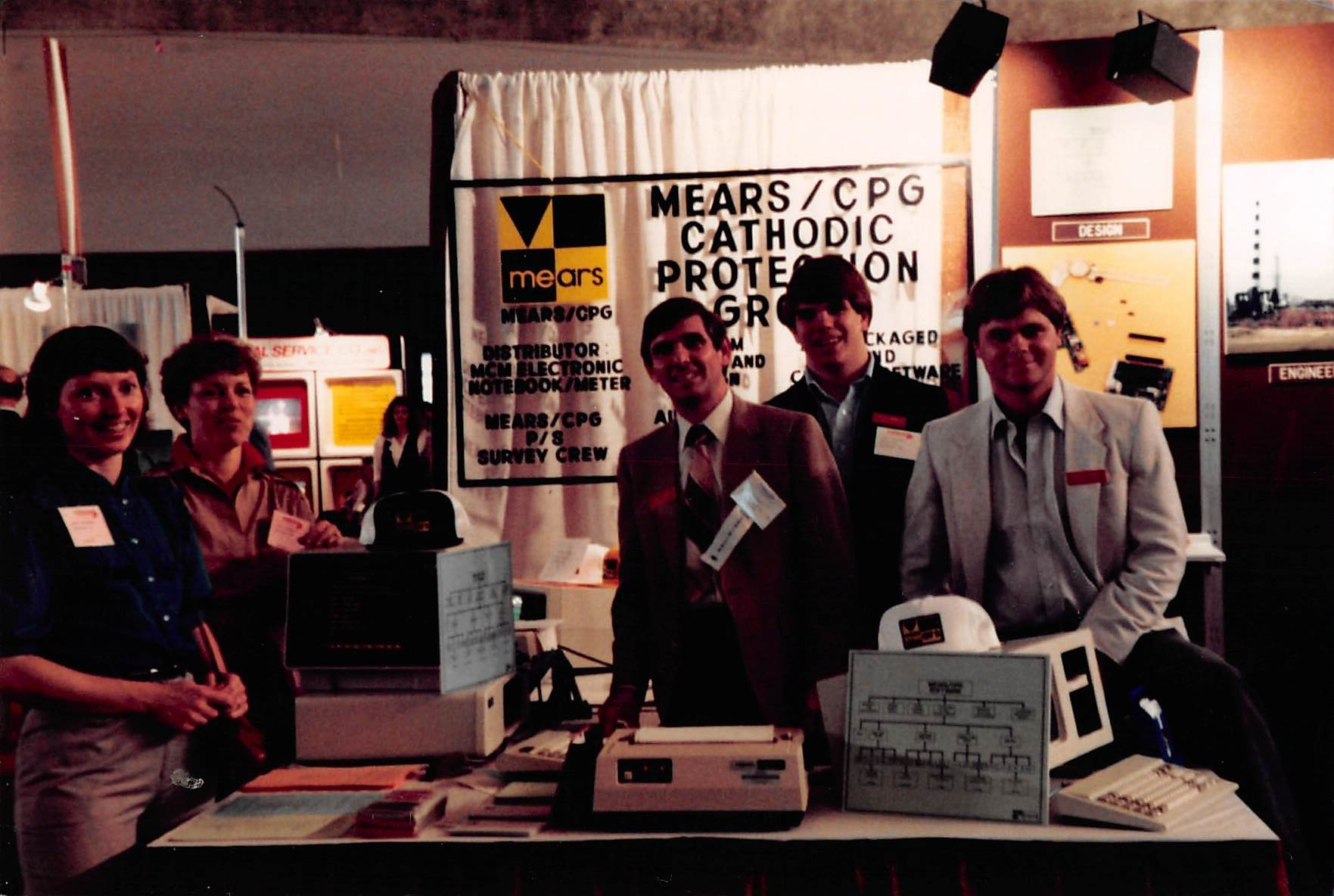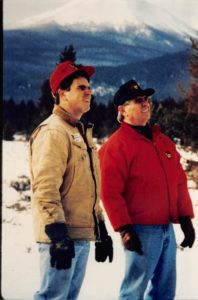Mears Broadband is a division of Mears Group, a subsidiary of Quanta Services that provides construction services for fiber broadband deployment projects. Mears Broadband President Trent Edwards says the construction costs for a fiber deployment will account for about 70% of the total deployment cost.
He said that percentage has been historically true and continues to be accurate as scores of companies gear up for Broadband Equity Access and Deployment (BEAD) funds that will support new fiber projects across the U.S.
Asked if many newcomers to the fiber broadband space are aware of the 70% cost, Edwards said, “not really.”
He also warns that it’s really important to engage with construction companies such as Mears early to ensure that projects stay on schedule and on budget.
[…]
Edwards said there are a lot of people getting involved in this “Great Build” that is about to take place that have never historically been involved in building broadband networks. Among the novices, he includes many of the folks who have only recently been placed in roles at state broadband offices, along with the small staffs at local permitting offices who may not realize what’s about to hit them.
The biggest reason many areas in the U.S. remain unserved or underserved by broadband until now is because private companies couldn’t make a business case to reach these areas. And even though BEAD funds will help subsidize that business case and private equity companies also want to invest, companies will still want to crunch all the numbers to make sure they get a decent return on their investments.
